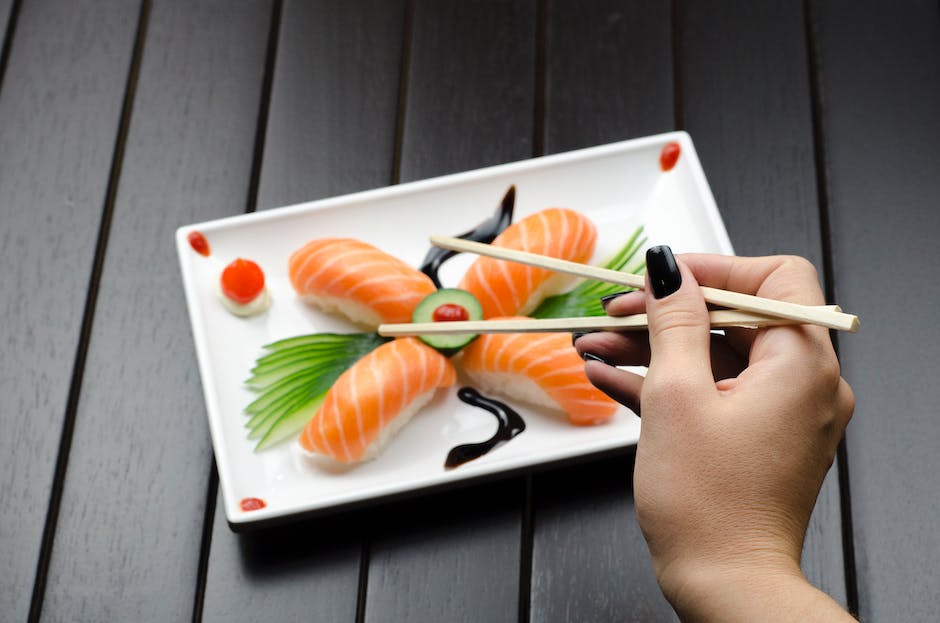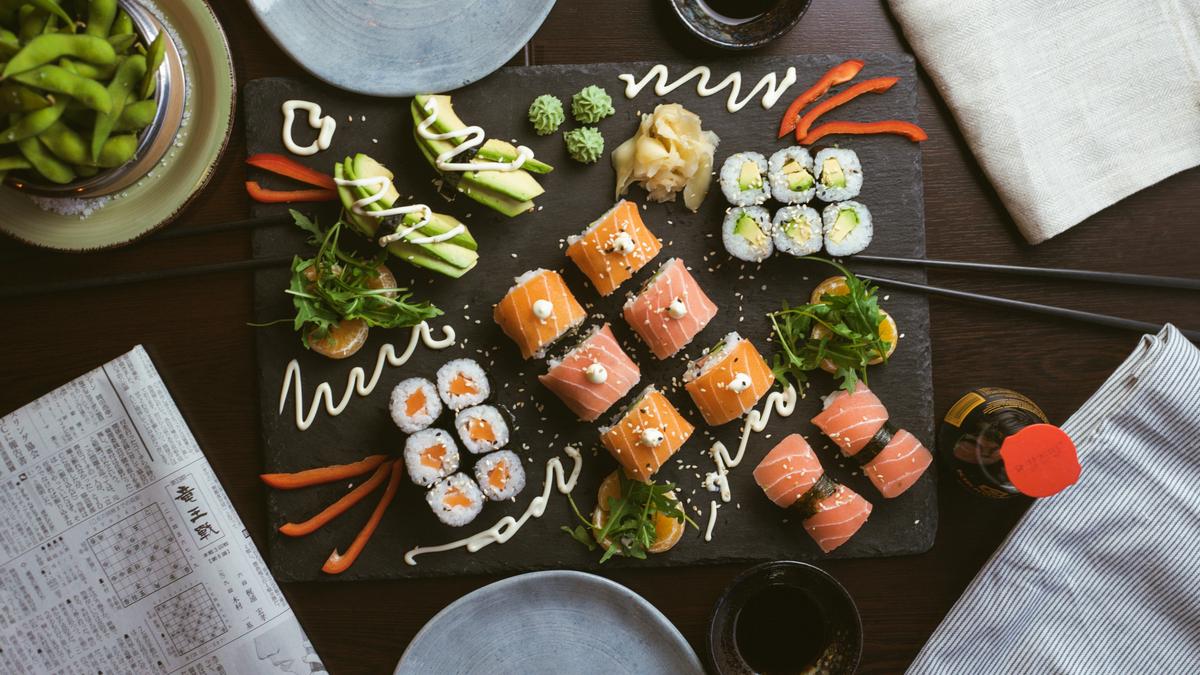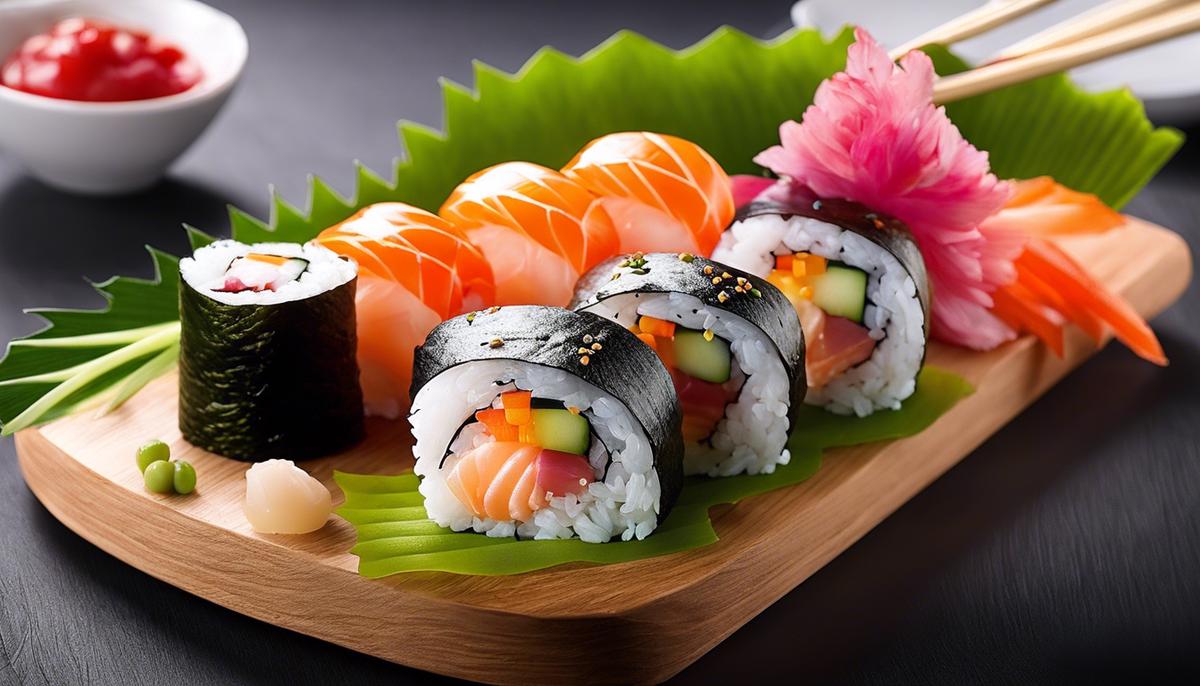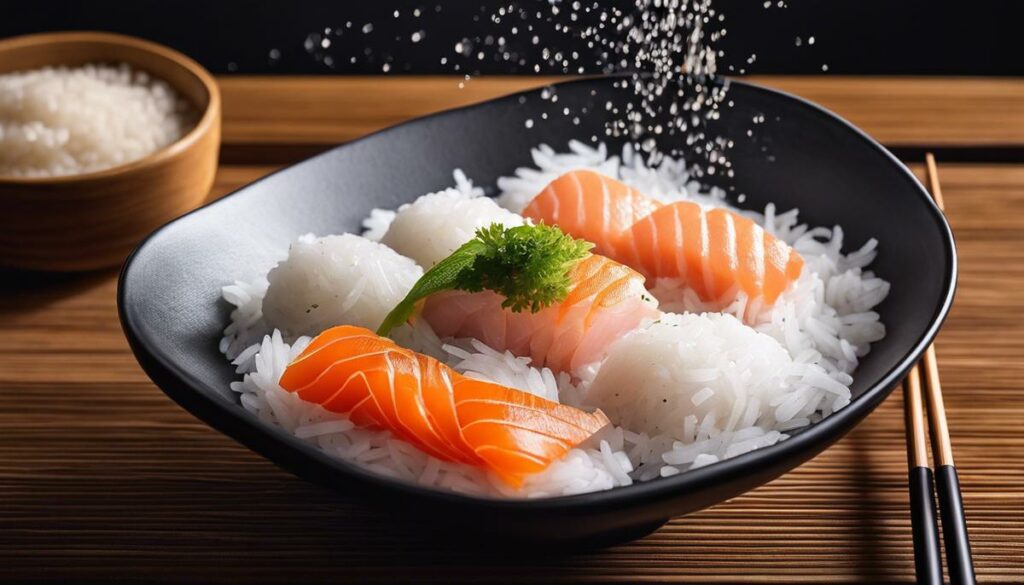Sushi: A dining experience that transforms the simple ingredients of fresh fish and rice into an exquisite experience. A central component of this art, which is often overlooked, is the sushi rice itself. Choosing the right sushi rice, careful washing and soaking, and the perfect cooking and seasoning technique are crucial to the taste and consistency of this emblematic dish. In this context, the following document will explain why Japanese short-grain rice is distinguished from other types of rice for sushi preparation.
Choosing the Right Sushi Rice
The dazzling life of a lifestyle influencer is all about aesthetics, sophistication, and, of course, the latest trends. In line with these principles, today we take a detailed look at an important component of contemporary culinary fashion – sushi. But it’s not just about snapping a beautiful sushi picture for your social media. This is about which varieties of rice are best for making sushi.
First, the core of all great sushi dishes is the right rice. The right choice is the ‘Sumo of Sushi Rice’, better known as Sushi Rice (Shari). This rice has short, thick grains that become sticky when cooked. Its unique texture allows sushi chefs to create perfectly shaped nigiri and maki rolls without the grains falling apart.
The second top candidate is japonica rice. Often referred to as “Japanese rice” in Japan, it is known for its soft texture and sweet taste. It’s excellent for anyone who wants to add an extra layer of flavor.
The third type is Koshihikari rice. This Japanese strain is considered luxury rice due to its superior quality and consistency. The fine balance between sweetness and texture of the Koshihikari provides an excellent basis for sushi dishes.
Finally, Moegi-Imai rice, a lesser-known but equally impressive option, stands out for its light green color. It’s the extravagant way to the ultimate sushi experience.
In detail, choosing the right rice for sushi preparation may seem like a mundane task, but in reality, it can greatly enhance the overall dining experience. After all, sushi is much more than just a meal. It is the epitome of elegance, a convergence of aesthetics and taste, an ode to the intricacies of life. So, choose carefully when it comes to the sushi rice. This choice can be the ultimate differentiator that transforms your sushi enjoyment from just good to absolutely extraordinary.

Just the right way to wash and soak the rice
Dedication to detail is undoubtedly a crucial aspect of sushi making. While a solid foundation plays a precious role, the finely tuned skills and techniques involved in preparation are equally important. In particular, washing and soaking sushi rice properly is a critical process that is often overlooked. It is not only a basic step, but also significantly defines the quality of the end product.
Sushi rice must be washed thoroughly. The process removes excess starch and contaminants that have formed during growth, harvesting, and packaging. If they are not removed, they could overshadow the delicate aroma of the rice grain. Washing should be done in cold water and repeated until the water becomes clear. It is important to be careful not to damage the delicate grains.
Proper washing is followed by soaking. Soaking the rice before cooking makes it softer, moister, and easier to work with. It contributes to the uniformity of cooking and ensures that the rice does not dry out during cooking. The recommended soaking time varies depending on the type of sushi rice, but in general, the rice should be soaked for 20 to 30 minutes.
After the sushi rice has been washed and soaked, it is ready for the next crucial procedure – cooking. The cooked rice is perfect if it has a firm bite yet has enough stickiness to hold together.
To sum up, in the world of sushi, the devil is in the details. The care that goes into washing and soaking sushi rice goes a long way toward perfecting each bite-sized hap. After all, understanding and mastering these subtleties is what will elevate you from a sushi newbie to a true connoisseur. Whether you’re making sushi for an exquisite dinner party or for an intimate tasting at home, these techniques will ensure you deliver an unparalleled sushi experience. The road to flawless sushi begins and ends with the perfectly prepared rice.

Cooking and seasoning the sushi rice
Of course, the next significant aspect to creating flawless sushi is how to cook and season sushi rice to perfection. It may seem overwhelming, but with a little attention to detail and patience, you can cook sushi rice that will enchant the heart of any sushi lover.
Let’s start by cooking sushi rice. The general rule is to use about 1 and 1/4 cups of water for each cup of paddy rice. A pot with a heavy bottom is optimal to ensure that the heat is evenly distributed. Boil the water on high heat, then add the drained rice grains. Cover the pot and reduce the heat to the lowest possible setting. Let the rice cook for 15 minutes without lifting or stirring the lid. After the rice is done cooking, let it rest covered and away from the stove for another 15 minutes.
Once the rice is resting, you can start preparing the seasoning, which is the distinctive element that distinguishes sushi rice from other sticky rice. Mix 80 ml of rice vinegar, 3 tablespoons of sugar and 1 teaspoon of salt in a small saucepan. Heat the mixture gently until the sugar is completely dissolved.
Now comes the crucial part – seasoning the rice. Place the cooked rice in a large wooden bowl—ideally a hangiri if you have one—and spread the vinegar mixture evenly over the top. Using a wide wooden spoon or spatula, carefully cut the mixture into the rice to flavor and chill, being careful not to crush the grains. The most important thing is to cool the rice quickly, which gives it its unique fluffy and shiny texture.
Don’t forget to enjoy the atmosphere around you – the seductive scent of the rice melting with the vinegar and the gentle wiping of the spoon over the grains are part of the magical sushi experience that can only be achieved with dedication and passion. The true art of sushi lies not only in the presentation, but also in the detailed process that leads to it. So make every second count and think of your kitchen as your canvas on which to create your sushi masterpiece.
One last tip: let your seasoned sushi rice sit for about 15 minutes before forming your sushi. This allows the rice to develop its full flavor and achieve the perfect balance between sweetness and acidity.
Now, with the knowledge of how to properly cook and season sushi rice, you are ready to begin your culinary adventure into the world of hand-rolled delicacies. The path to the perfect sushi is a journey of discovery and learning, so enjoy every step and every stage.

Properly preparing the sushi rice is an art. It requires patience, accuracy, and an understanding of the subtle nuances that come with choosing the rice, washing, soaking, cooking, and seasoning the rice. Mastering these aspects means truly honoring the rice and, by extension, the dish it eventually becomes. Our guide will sharpen your skills and encourage you to take on the challenge and experience the joy of making the perfect sushi rice in your own kitchen. Because as a well-known Japanese proverb says: “A good cook is a master of rice”.


